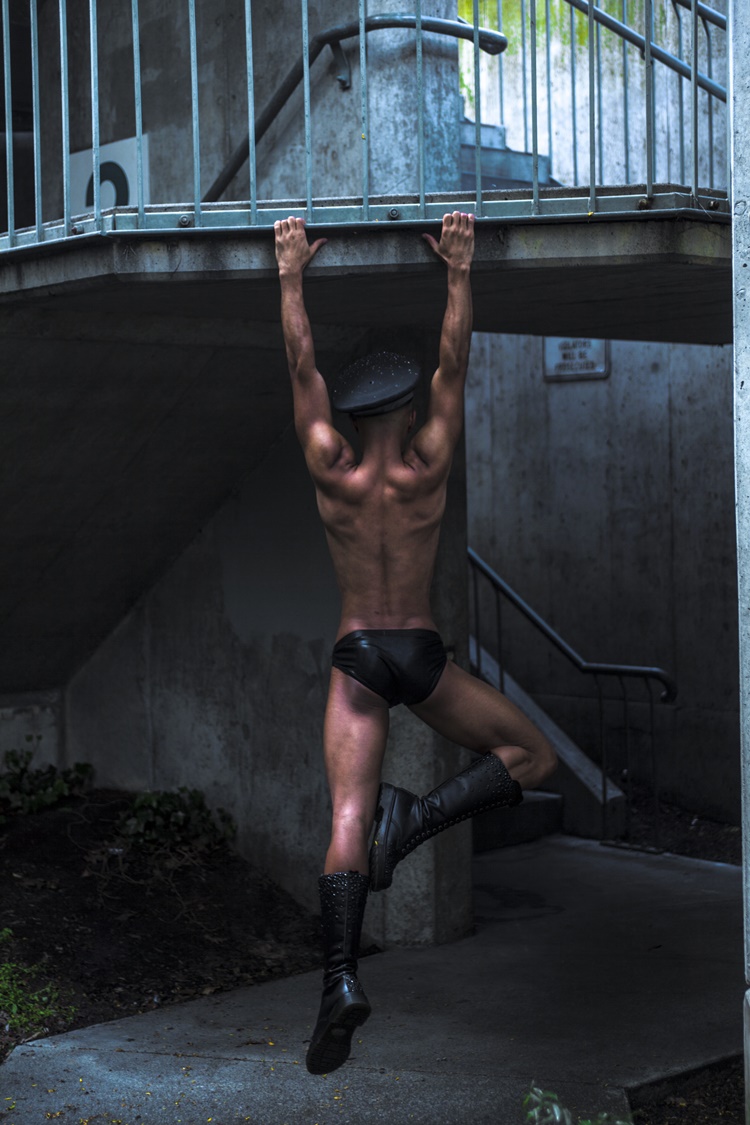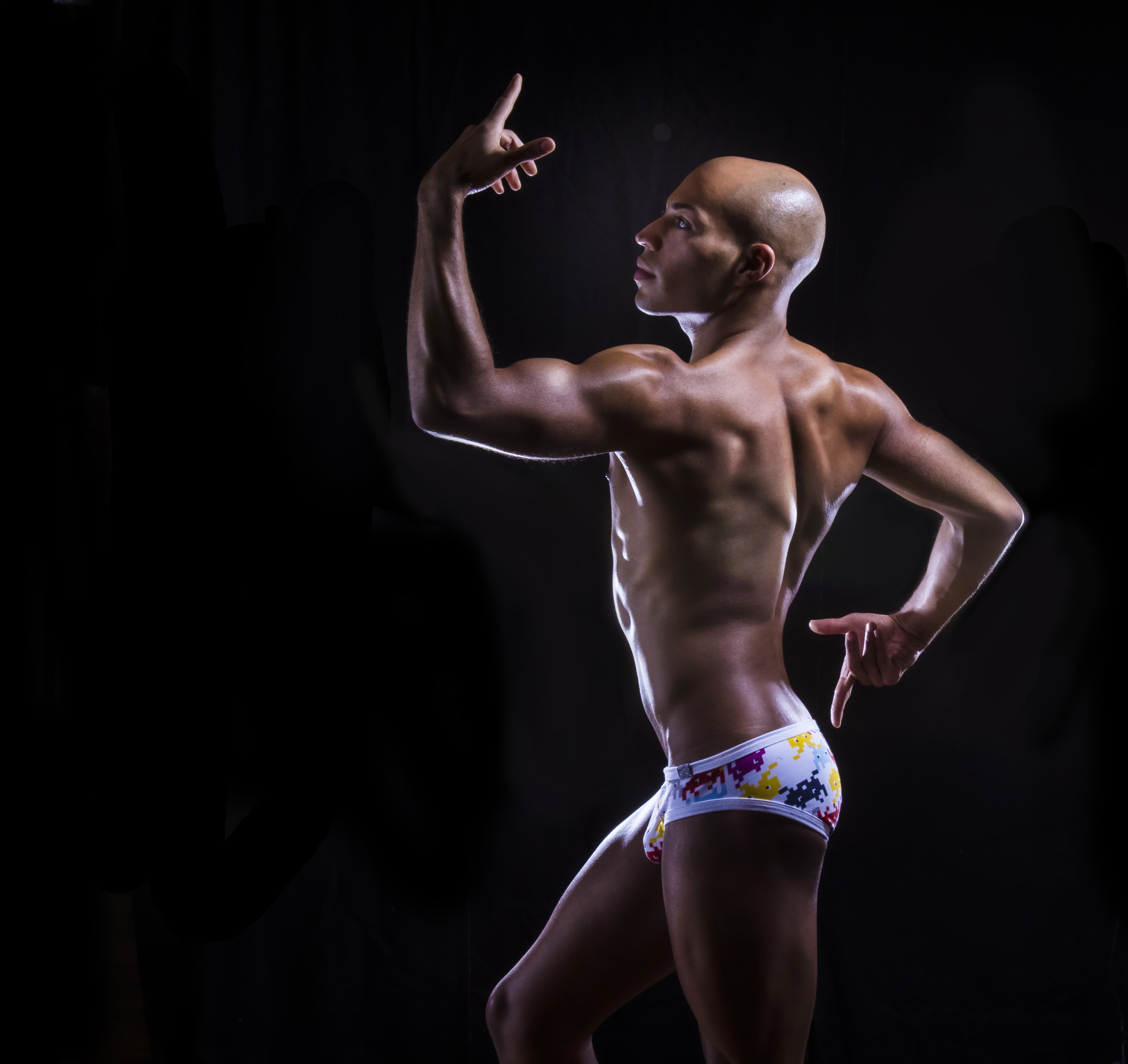This summer the Icelandic Circus (i. Sirkus Íslands) is cooking up a feast of versatile entertainment with international guest artists who will leave the audience in awe with unusual bodybending, hilarious glutes tricks and the beauty of burlesque. In a show called “Skinnsemi”, tailored for an adult audience only, traditional gender roles will be playfully challenged. Something which makes a perfect setting for boylesque star Lumi, or The Luminous Pariah, who will be performing with the circus at Reykjavík Pride in August.
He’s been described as someone who has a harmonious blend of feminine sway and masculine swagger with perfect choreography. One reviewer called him amazing for his comedic timing, showmanship and daring. He’s most certainly a shooting star in the world of burlesque, or rather boylesque.
Lumi, who’s now traveling the world with his show, took a moment to explain to us the vague difference between the two, how he started out as a boylesque artist and how someone like him, who seems to have a perfect body, can have body-issues – just like the rest of us.
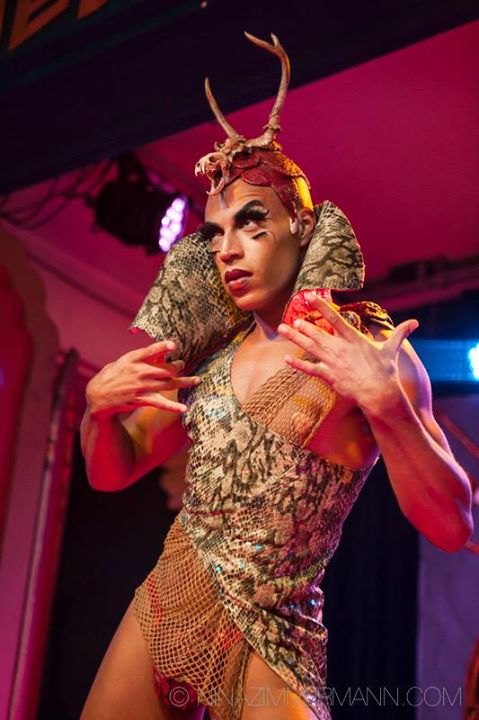
First of all, what is boylesque?
“Boylesque is simply burlesque performed by a male bodied performer or a performer with a male persona. Burlesque is the art of storytelling via striptease, choreography, physical theater, and frequently comedy. It’s sexy performance art.”
How long have men been performing burlesque?
“I’ve been performing burlesque for six and a half years. The burlesque world is definitely dominated by female performers, as it’s originally a female art form, but there is a growing number of boylesque performers worldwide.
Some argue that men don’t belong in such a feminist and female empowering setting because we dominate so many other industries. My take on it is that as long as we’re all respectful and supportive towards one another, then all genders and sexualities should be allowed to be a part of the global cabaret community.”
What’s exciting about it?
“I love burlesque because it can be purely for entertainment, and it can also be performance art. It’s great to have the opportunity to help people forget about the stress of life for a few moments, and it can be equally rewarding to open hearts and minds with story-based performance art.”
How did you get into it?
“When I first discovered burlesque, I was taking a break from uni. I had decided to switch my area of study from Theatre to Ecology. At that time I had said good-bye to all things performance, and was focused on strictly science. I burnt myself out working as a Barista in Seattle as well as taking a full course load, so I decided to take a quarter off. During what was supposed to be a quarter, I stumble across my first burlesque show and was immediately smitten.
At first I didn’t see myself performing burlesque at all, but I loved the art form. I loved that art, dance, theatre, and eroticism all blended into one beautiful and fun art-form.
“The burlesque world is definitely dominated by female performers, as it’s originally a female art form, but there is a growing number of boylesque performers worldwide.”
Eventually I saw a gender bent performer named Ultra who I really identified with. Ultra was the first person I had ever seen that wasn’t super masculine or hyper feminine. He was somewhere else on the spectrum – a blend of both of those extremes. This is exactly how I see myself, a blend of masculine and feminine not to be labelled. Simply: me.
It was so inspiring to see Ultra on stage being purely who he was and witnessing the audience love him for it. He took me on as a mentor and provided me with some performance opportunities in San Francisco. Waxie Moon provided me with some performance opportunities in Seattle, as did Miss Indigo Blue.
As I met more professional performers, I began to wonder how far I could make it as a performer. So I paused school and decided to dedicate every waking hour in my life to become a world-class cabaret star. So far I feel very pleased by the acts that I’ve created, the wonderful people who I’ve met and the amazing places I’ve been able to travel to.”
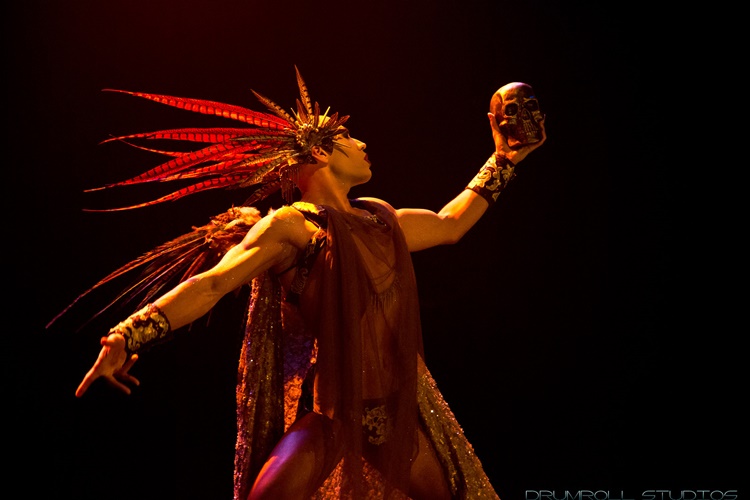
Did you have to overcome any body issues?
“I think that there is some un-written rule in popular culture that says: ‘If someone isn’t morbidly obese, then they’re not allowed to have body image issues.’ People forget that everyone has a body. Body dysmorphia is a very real thing, and there are many media outlets telling us how we should appear to others.
In the past I’ve struggled with feeling too skinny or too overweight within days of each other. Which obviously someone can’t be fat one day and skinny the next, but human brains are very convoluted. For the last couple of years I have really kicked up my interest and engagement in fitness and health. I feel fantastic! Being physically fit is not a choice that I make for other people, it is something that I do for myself.
“I think that there is some un-written rule in popular culture that says: ‘If someone isn’t morbidly obese, then they’re not allowed to have body image issues.’ People forget that everyone has a body.”
However, I do realize that sometimes part of why people enjoy my stage persona is because I can be interesting to look at. I obviously don’t mind being viewed, but more importantly I enjoy when people relate to the story I tell or the character I play rather than what my body looks like.”
What’s your background?
“Part of what I think makes me a strong cabaret performer is my background in theatre and dance. Having a well-rounded movement vocabulary and understanding of story-telling through physical theatre has been very valuable.”
Do you work alone on your act?
“When I make solo work I create everything on my own. I design the costumes as well. I usually create the shoes and headdress, but I’ll have other people do most of the sewing as it is not my forte.
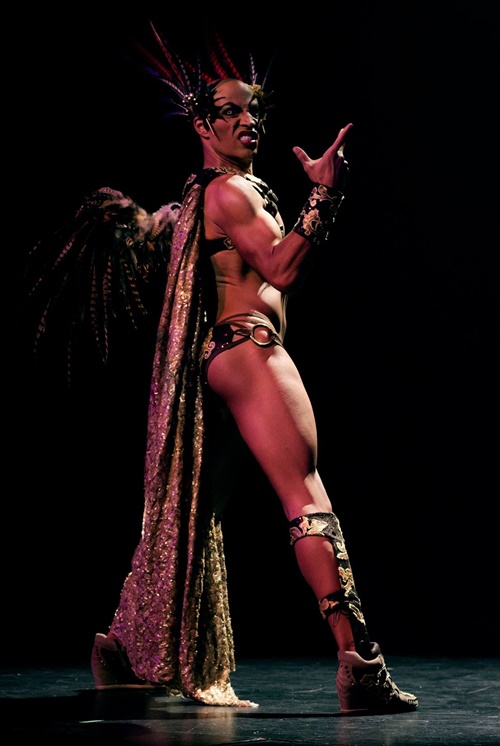
I usually start with a song or a story. Then from there, I design the costume. Lastly I create the choreography.
I keep a large running document of all things that inspire me creatively; photos. textures, music, concepts/stories. When it’s time to create something I open up the document and see what strikes my inspiration most at that time. When I create an act, it usually changes a little bit every time.”
Does performing come naturally to you?
“Yes. It’s something that I’ve always enjoyed, ever since childhood, even though I’m mostly introverted.”
Why did you decide to come to Iceland?
“Circus artist Margrét Erla Maack came to Seattle for the Moisture Festival in 2014 and saw me perform. After the show, she congratulated me on a fantastic job. She asked if I would ever be interested in coming to Iceland and I answered “Of course, yes!” So she told me that we would figure out a way.
I’m super excited about coming to Iceland! Reykjavik seems very culturally colorful. The nature seems beautiful as well. I can’t wait to meet the local cabaret community, see the midnight sun again (I grew up in Alaska), and soak in a hot spring. Are there also geysers?”
What is your goal as a performer and what are your dreams?
“My goal as a performer is to entertain people all over the globe, to inspire social change through engaging performance art and to travel the world meeting interesting people, learning about many cultures and spreading joy and glitter.”
